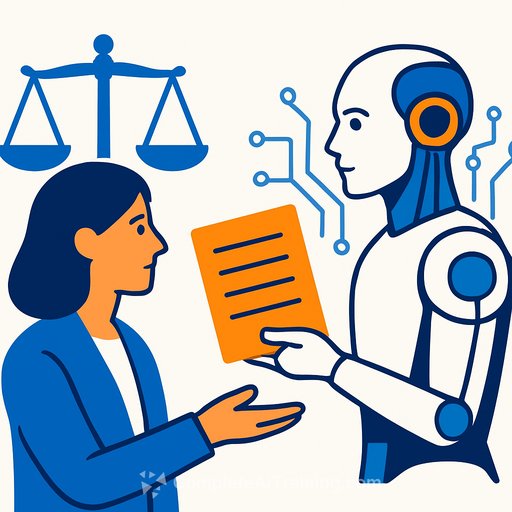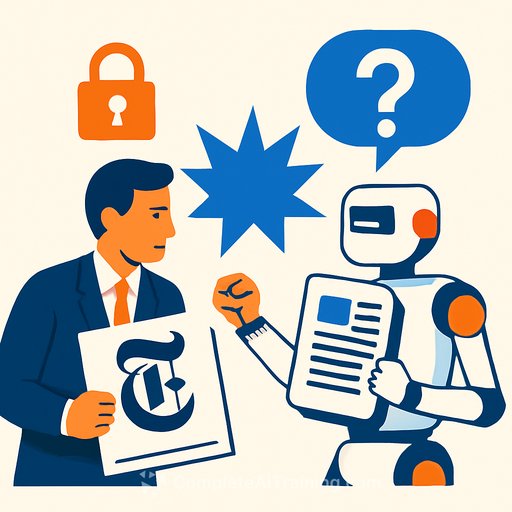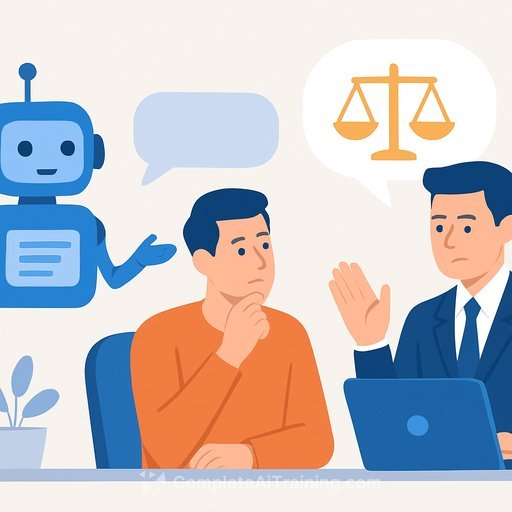The Bottom Line: AI Success in Legal Depends on How We Support People
The legal industry's real advantage with AI won't come from tools alone. It will come from how well we develop the people who work with those tools every day.
Lead with curiosity and creativity-the ultimate transferable skills. Frame AI spend through risk management to protect clients and the firm. And treat uncertainty as possibility, not paralysis.
Familiar Disruption Patterns
We've seen this before. Early e-discovery sparked fears about the end of substantive lawyering. It didn't happen.
Each wave of tech moved routine tasks off our plates and made room for higher-value work: analysis, strategy, advocacy. The same pattern is playing out with generative AI. Anxiety eases when people see that technology augments core judgment rather than erasing it.
Four Pillars of AI Transformation in Legal
Pillar 1: Create psychological safety
Uncertainty triggers threat responses. Acknowledge it. Then set a clear frame: what's changing (tools, workflows) and what isn't (legal judgment, client relationships, strategic advocacy).
When people see AI embedded in team collaboration-treated like a capable teammate rather than an edict-they lean in. Make space for resistance without shaming it. Curiosity grows from safety.
Pillar 2: Cultivate curiosity and creativity
The best adapters ask better questions: What patterns is this model catching that I'm missing? How does it determine relevance? Where can we combine tools to improve results?
On a tough review with old scans and handwriting, one tool got us close. A second tool closed the gap. That flexible, mix-and-match problem-solving is the real skill set.
These traits can be developed. Build a culture that rewards experimentation, shares wins and failures openly, and normalizes trial-and-error. If you need structured paths for skill-building, explore focused learning options like Complete AI Training by job role.
Pillar 3: Make learning experience-driven
Traditional training (slide decks, demos) rarely sticks. Research suggests the 70-20-10 model: 70% from real work, 20% from others, 10% from formal instruction. See overview from the Center for Creative Leadership here.
"Show, don't tell" works. Put a handful of attorneys on live matters with AI that surfaces the most relevant documents first. Let them see the acceleration and accuracy. Then have them teach peers. Adoption follows experience.
Create simple sharing loops: a Teams channel for prompts and use cases, short internal demos of real matters, and office hours to troubleshoot together.
Pillar 4: Treat AI as risk management
AI isn't just an efficiency play. It's a quality and defensibility play. Frame the business case around risk:
- Quality risk: Require validation and documented checks to ensure reliable outputs across matters and teams.
- Competitive risk: Clients expect AI-enabled efficiency. Lagging here concedes ground to more capable competitors.
- Talent risk: High-caliber people want modern tools and growth. AI investment is talent investment.
- Regulatory risk: Early adopters set governance, audit trails, and ethical guardrails before rules tighten.
Human Investment Matters
Many legal professionals report burnout and career uncertainty. That won't be solved by new software. It improves when teams feel seen, trained, and supported through change.
Stable teams with a strong development culture move faster and make fewer mistakes. They also attract better clients and talent. The best AI programs share a theme: human flourishing and operational efficiency rise together.
What Legal Leaders Can Do in the Next 90 Days
- Pick 2-3 matter types for low-risk AI pilots (research, first-draft motions, privilege screens).
- Define review and validation steps for any AI-assisted work product (who checks what, and when).
- Run "show, don't tell" clinics on real matters; appoint early adopters as internal coaches.
- Stand up a prompt/use-case library and a weekly 30-minute share-out.
- Publish an AI governance one-pager: approved tools, data handling, disclosure, and escalation paths.
- Align client communications: where AI is used, how quality is assured, and how data is protected.
- Tie adoption to development plans so curiosity and creativity are recognized and rewarded.
The Mindful Legal Leader
Lasting change respects human psychology. Lead with clarity, safety, and a bias for hands-on learning. Hold the line on quality and defensibility.
A teacher once put it simply: "The opposite of uncertainty is possibility." For legal teams, that possibility is better work, stronger talent, and clients who trust both your judgment and your process.
Your membership also unlocks:






